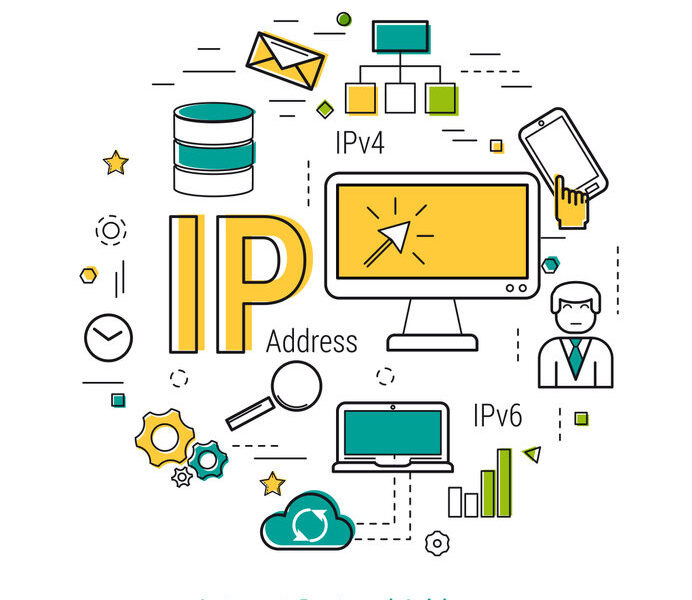Computer networking has lots of tools. From the most simple to the most complex, all have interesting functionality that sooner or later can be useful for you.
What’s the Ping command?
Ping command is a software utility for testing if the connectivity is working between two systems. In other words, the reachability of a host on a network.
Utility software is the one created for configuring, analyzing, maintaining, or optimizing machines. It supports computers’ infrastructure. Ping command is a very popular resource for diagnosis, and it’s available (built-in) on all operating systems.










